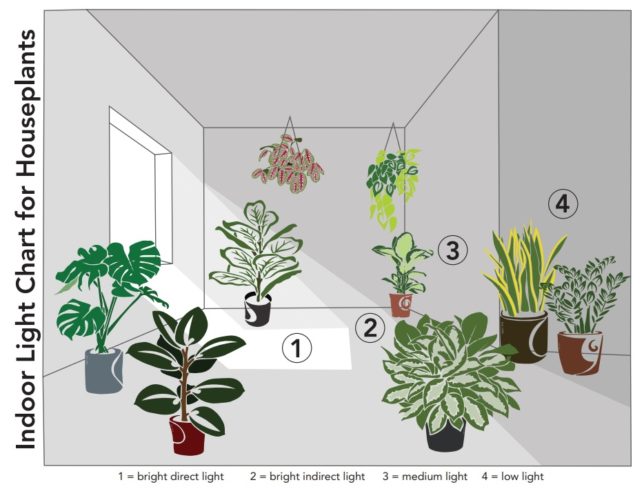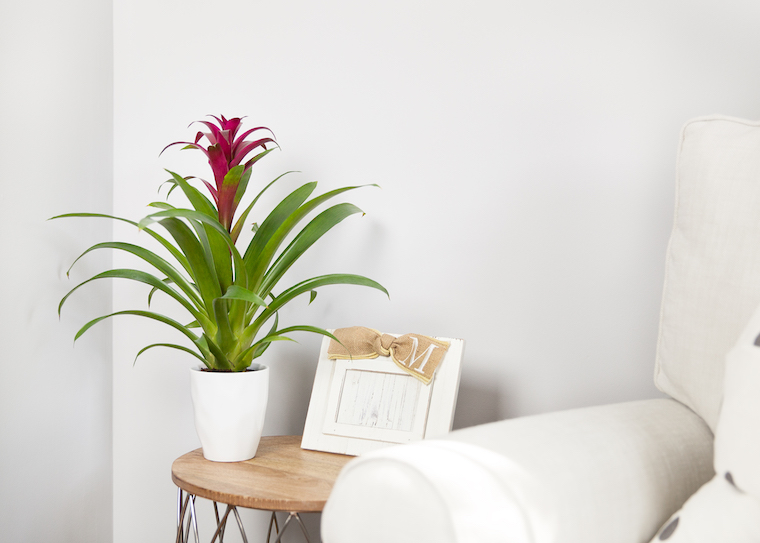Transform Your Living Space with the Best Low-Light Indoor Plants
Transform Your Living Space with the Best Low-Light Indoor Plants
Blog Article
Transform Your Home With Beautiful Low-Light Indoor Plants and Their Benefits
Integrating low-light indoor plants right into your home can substantially improve both the environmental and visual top quality of your space. These plants, which thrive in dark conditions, serve not just as attractive elements but likewise as natural air cleansers, making them ideal for metropolitan residents or those with limited sunshine direct exposure. As we discover the different sorts of low-light plants and their benefits, you might locate shocking ways to integrate them into your home that can change your surroundings in means you might not have prepared for.
Benefits of Low-Light Plants
Low-light plants offer countless advantages for indoor settings, making them an excellent choice for both beginner and seasoned garden enthusiasts. Among the primary benefits is their adaptability to low-light conditions, permitting individuals to enhance their space without the demand for substantial sunlight exposure. This characteristic makes them suitable for houses, workplaces, and various other areas with minimal all-natural light.

Moreover, incorporating low-light plants right into home design can boost the visual charm of a room. Their rich vegetation and differed appearances develop a calming ambience, adding to overall wellness. The visibility of greenery has been linked to minimized stress degrees and improved productivity, making low-light plants a sensible choice for improving both physical and mental wellness in indoor setups.
Top Low-Light Indoor Plants
While several interior plants flourish in bright light, a number of types are specifically appropriate for low-light problems, making them ideal for various indoor spaces. One prominent selection is the Snake Plant (Sansevieria), known for its striking upright leaves and durability, needing marginal treatment. Another superb choice is the Pothos (Epipremnum aureum), which includes heart-shaped fallen leaves and can track wonderfully from shelves or hangers, thriving in low light and including a rich touch.
The ZZ Plant (Zamioculcas zamiifolia) is celebrated for its shiny leaves and ability to hold up against overlook, making it perfect for active lifestyles. Likewise, the Tranquility Lily (Spathiphyllum) not just endures reduced light however additionally creates sensational white blossoms, improving any room's aesthetic.
For an unique touch, think about the Cast Iron Plant (Aspidistra elatior), which certainly meets its name, growing in the darkest edges of your home. Last but not least, the Chinese Evergreen (Aglaonema) provides a variety of leaf patterns and shades while being incredibly forgiving in low-light conditions. These plants not just improve interior environments yet additionally add to air filtration, enhancing your space.
Treatment Tips for Low-Light Plants

Watering practices are crucial; these plants commonly prefer slightly completely dry problems. Overwatering can result in root rot, so make certain that the leading inch of dirt is completely dry prior to watering again. Use pots with water drainage openings to permit excess dampness to get away.
Moisture is another essential variable. Several low-light plants, such as ferns and peace lilies, gain from higher moisture levels. To boost humidity, take into website link consideration misting the fallen leaves or positioning a tray of water near the plants.
Fertilization ought to be approached with caution. During the growing season, use a diluted, well balanced liquid fertilizer on a monthly basis to sustain growth, yet prevent fertilizing throughout the dormant cold weather.

Imaginative Ways to Present Plants
Indoor plants can offer as fascinating prime focus in any kind of room, enhancing both aesthetic charm and ambiance. Creative displays can raise the visual effect of low-light plants, making them an essential component of your home style. One efficient technique is to utilize tiered plant stands, which allow you to display multiple plants at differing heights while making best use of flooring area.
Hanging planters are another ingenious choice, developing a sense of deepness and attracting the eye up. Consider macramé wall mounts or wall-mounted racks to introduce a distinct texture and style.
For an extra structured strategy, usage geometric terrariums or glass containers to house your plants, adding a modern touch to your interior garden. You can likewise repurpose classic items, such as teacups or wood pet crates, for a diverse display screen that shows your character.
Enhancing Home Atmosphere With Plants
Integrating low-light plants into your home not only boosts visual charm yet likewise contributes dramatically to the overall atmosphere. These plants work as all-natural style components, presenting a sense of harmony that can transform any area. The existence of plant cultivates a soothing ambience, which is specifically advantageous in high-stress environments such as office or living areas.
Low-light plants, such as snake plants, pothos, and ZZ plants, are not only aesthetically pleasing however likewise enhance indoor air top quality by filtering system pollutants. This double function enhances the atmosphere further, creating a healthier space (Best low-light indoor plants). The critical placement of these plants can likewise affect the understanding of area; as an example, tall plants can draw the eye upward, making ceilings appear greater and areas a lot more sizable
Furthermore, differing appearances and shades of foliage add deepness to indoor layout, enabling imaginative expression in home styling. Whether put on racks, in edges, or as focal points, low-light plants can raise the state of mind of any space. In recap, integrating these plants right into your home is an effective means to cultivate a warm, inviting atmosphere while gaining the benefits of improved air high quality and visual adaptability.
Final Thought
Including low-light interior plants right into home atmospheres supplies great post to read numerous benefits, including boosted visual charm and boosted air high quality. These resilient plants, such as the Snake Plant and Peace Lily, require minimal light and upkeep, making them suitable for varied way of livings.
While lots of interior plants grow in bright light, numerous varieties are specifically well-suited for low-light problems, making them suitable for numerous interior areas. One reliable method is to make use of tiered plant stands, which permit you to showcase numerous plants at varying elevations while making the her response most of flooring room.
Low-light plants, such as snake plants, pothos, and ZZ plants, are not just cosmetically pleasing yet also enhance interior air quality by filtering contaminants. Best low-light indoor plants. The strategic placement of these plants can additionally affect the perception of space; for circumstances, tall plants can draw the eye upward, making ceilings appear higher and spaces extra spacious
These resistant plants, such as the Snake Plant and Tranquility Lily, require very little light and maintenance, making them suitable for varied way of lives.
Report this page